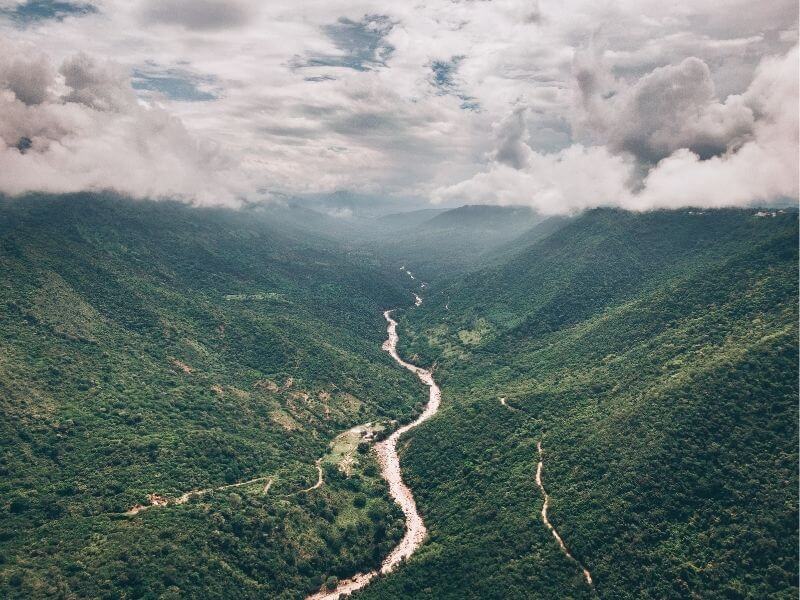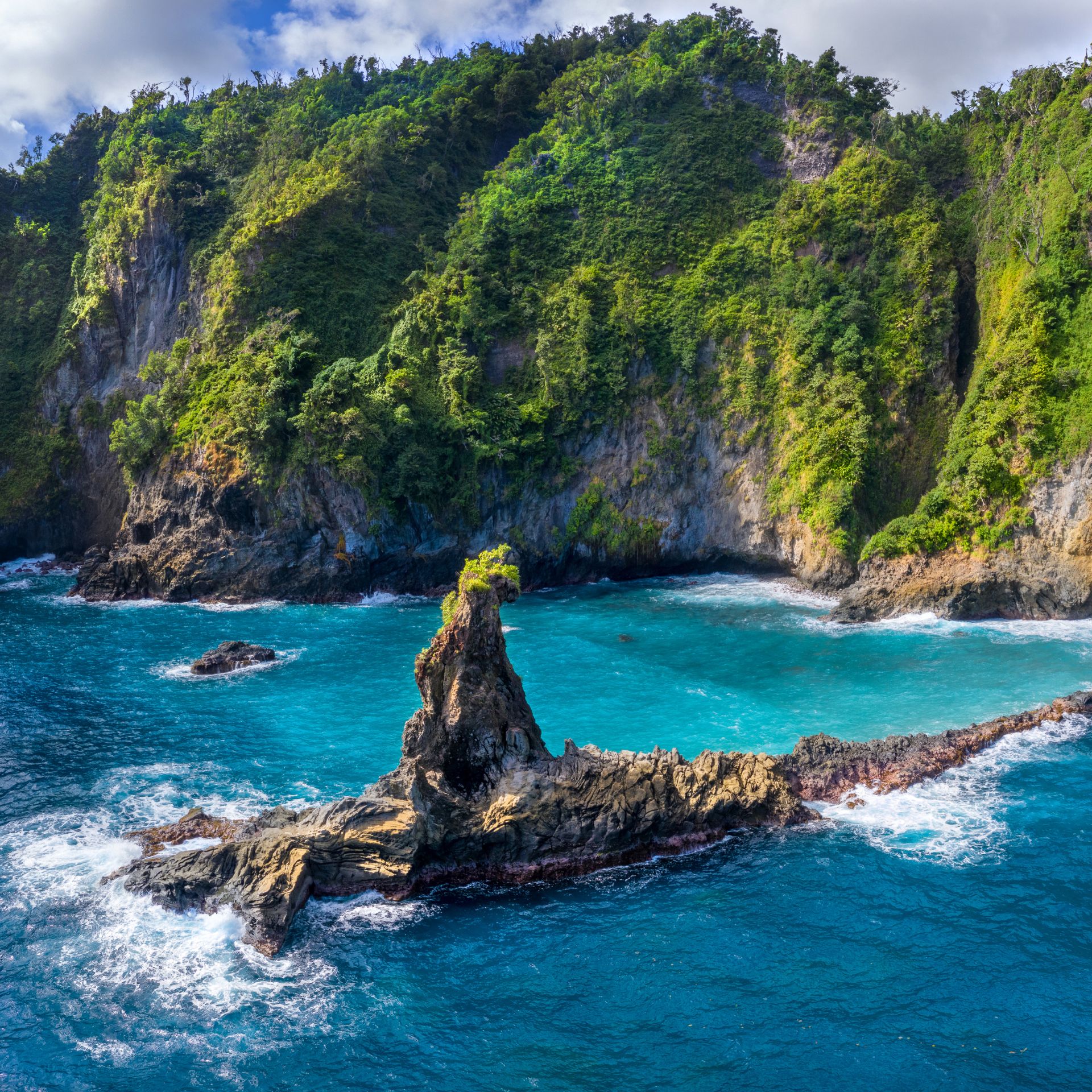Colombia is the only country in South America where wild hippos roam freely – something unnatural despite its large biodiversity.
Whether it’s good or bad depends on who you ask.
When drug kingpin and mass murderer Pablo Escobar died in 1993, not many people thought about the environmental footprint his extravagances would generate decades later: an uncontrolled hippo population, opinions divided among experts and no solution in the near future.
But these hippos weren’t brought from the nearby Andean highlands or the Colombian Amazonia. Known for his excessive wealth and reckless spending, Pablo Escobar, at his height of criminal heyday, smuggled exotic species from all over the world for his personal zoo at the famous estate Hacienda Napoles. African species such as lions, zebras, rhinos and hippos were living in his backyard without any control.
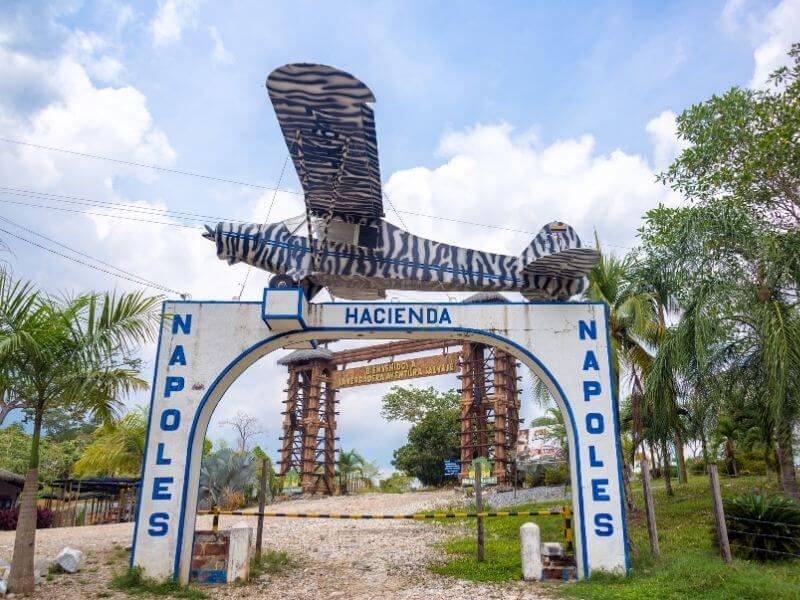
This became a problem for the Colombian government once they seized all his properties. While most animals were easy to relocate to local zoos across the country, Escobar’s four hippopotamuses were left in the hacienda. Its massive size and transportation complexity made hippos way too challenging to relocate. Also, while the country was in the middle of a drug war killing thousands of Colombians daily, four hippos roaming freely seemed to be the smallest problem to tackle.
Three decades later, the tiny issue became a big one. From four hippos in the 90’s, today there are around 80 to 100 wild hippos in Colombia and experts talk about a population of 1500 – 2000 hippos by 2050.
Read more: Exploring Quebrada las Gachas – Colombia’s best kept secret
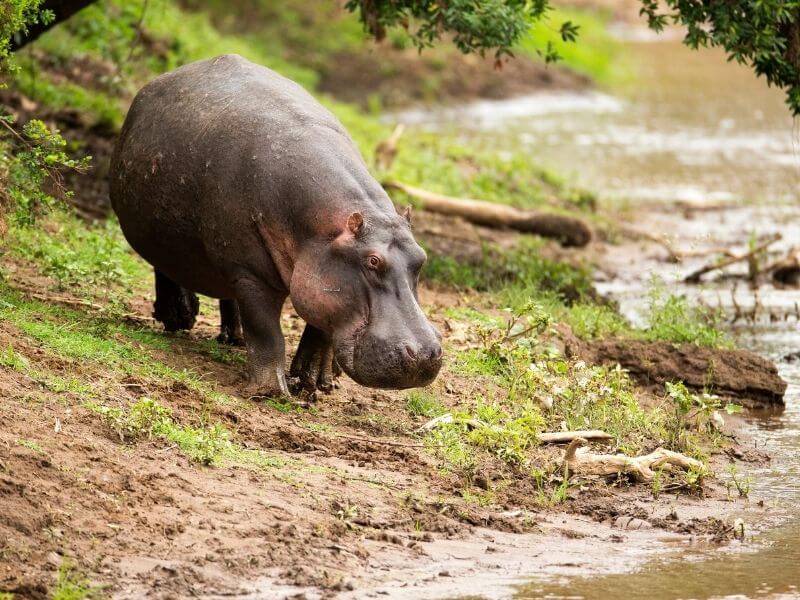
An environmental nightmare
With a perfect tropical climate, a stable temperature all year round, plenty of water and food resources, and no natural predators around, these hippos are on the top of the animal chain – they are living in “hippo paradise”. Nevertheless, the uncontrolled roaming of these giants is generating visible changes in the natural environment.
By spending most of the time in the water and defecating constantly, their faeces are over-fertilizing rivers, which causes a decrease in the fish population and algae bloom. Experts are also agreeing that leaving the Colombian hippos uncontrolled would create a displacement for local species such as the Antillean manatee, as well many other native Colombian fauna. “This can be an environmental time bomb”, stated BBC Mundo in February 2021.
The local population surrounding these areas are also complaining about the hippos. Despite their charismatic popularity among most Colombians, fishermen are protesting about the environmental effects of these creatures in the Magdalena river, Colombia’s largest river, but also the danger it involves to be navigating and encountering one of these territorial and agressive animals.
Villages in the region of Antioquia have been also calling for action, as there has been lately several encounters between villagers and hippos at night.
Read more: Exploring Colombia’s secret waterfalls
Read more: The importance of wildlife reintroduction
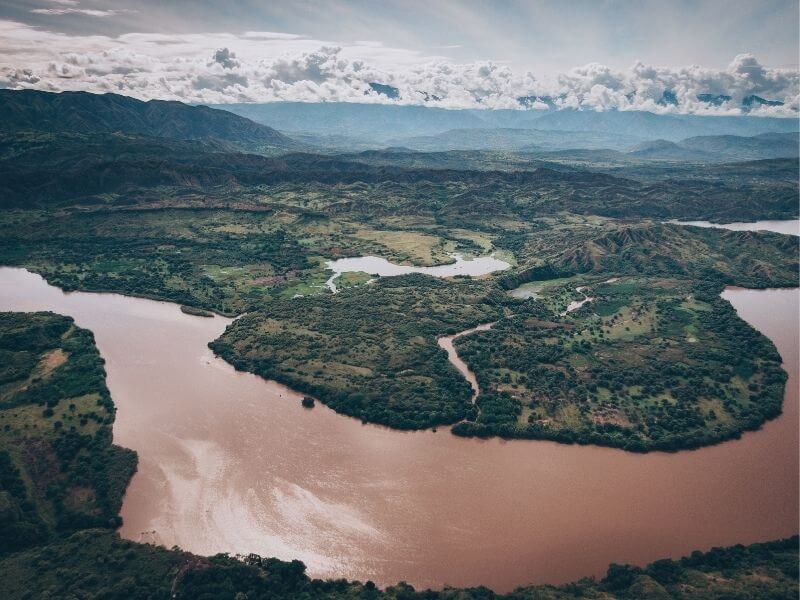
An alternative to protect wildlife
But of course, every story has two sides, and while a part of Colombians talk about the dangers of having hippos coexisting in their villages and farms, others understand that hippos are like any other herbivore big animal and if you give them some space, there is no danger involved. Furthermore, up to today, there has not been any casualties due to a hippo encounter – even though this is the biggest issue mentioned on the news.
And while some experts talk about the hippos as an uncontrolled environmental apocalypse, others are seeing the glass half full.
Researcher Erick J. Lundgren from the University of Technology Sydney is talking about a rewilding of species as a positive result of the hippo problem in Colombia. According to his studies, most introduced species are very similar from extinct species that once roamed on Earth. In this case, the hippo’s size and behavior is very similar to the notoungulata, an extinct giant llama that lived 15.000 years ago in South America. “Although introduced species have long been a source of contention, our findings indicate that they may, in part, restore ecological functions reflective of the past several million years before widespread human-driven extinctions”, Lundgren stated in a paper from 2020.
Read more: What are Colombia’s most beautiful landscapes?
Read more: How to plan a visit to the Lost City in Colombia

This is not the first time an invasive species has adapted to a new ecosystem because of human behavior. Feral camels have been roaming Australia since beginning of the 19th century and buffalos as are now species to be found in every inhabited continent.
Scientists are also agreeing that the introduction of the hippo in the South American tropical forests can be seen as an alternative to combat the extinction of endangered species. Hippos are considered today a species “vulnerable to extinction”, but if they are able to procreate without any dangers, these numbers can go up within some years.
While the Colombian hippo has been threatened as an invasive animal that has to be controlled, and even culled, no matter what, others are asking if this could be an option for rewilding more endangered herbivore African species such as the black rhino – an animal we might be not able to see anymore by the end of this century.
The hippo rewilding South America was something a little bit unexpected and therefore intimidating, but what if this could be the answer to protect species and not head into a world in which exotic flora and fauna can only be appreciated from books and movies.
After all, we are living in the age of animal extinctions and constant environmental change. What will happen to the hippos in Colombia is something only time can tell.
Read more: Exploring Colombia’s rainbow river
Read more: Can you recognize these Colombian breakfasts?
